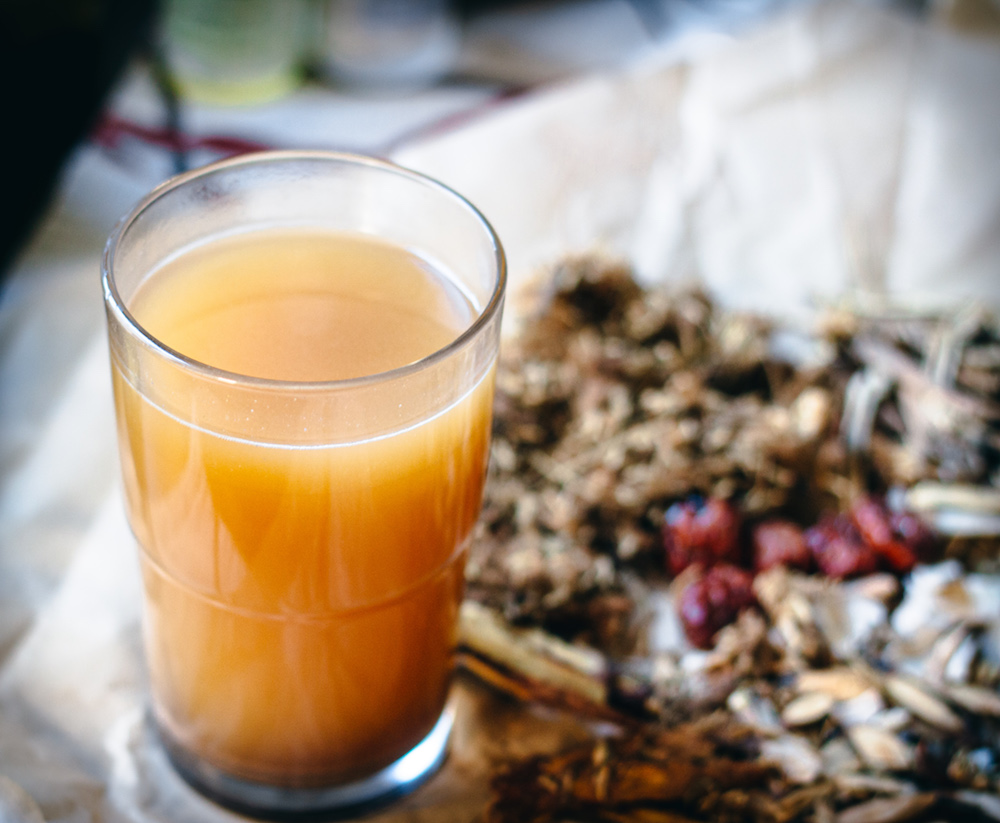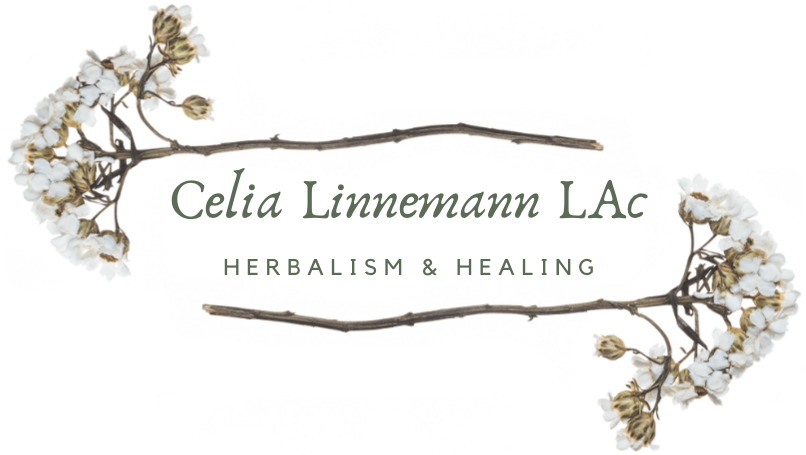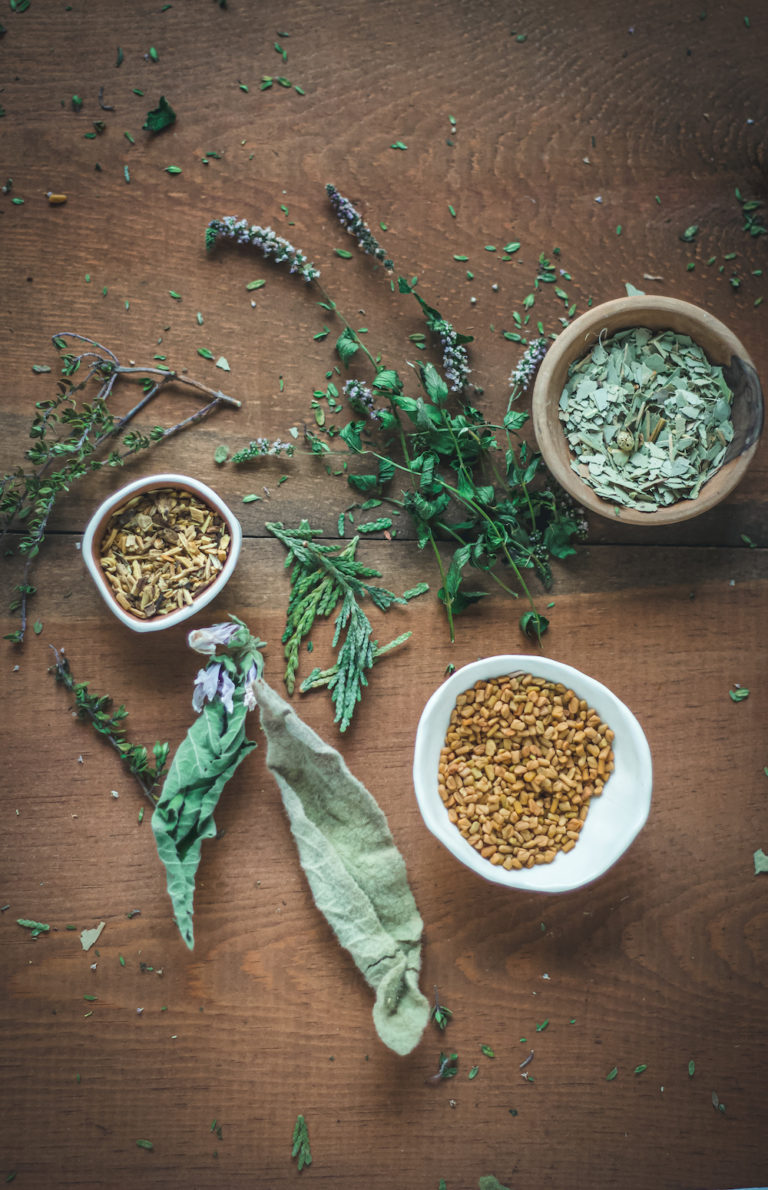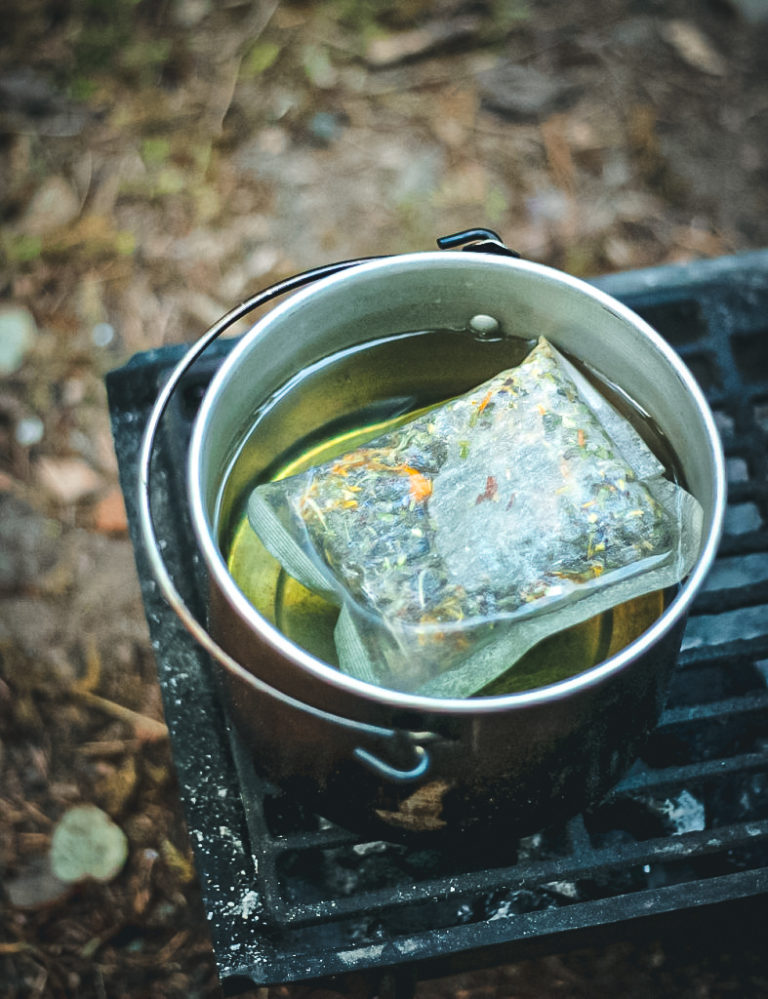Gui Zhi Tang: Chinese Herbal Formula with Cinnamon and Peony for Wei Qi Support
Gui Zhi Tang is an important formula Chinese medicine herbal formula featuring Cinnamon and Peony that does many things, one of which is to support the Wei Qi (defensive immunity). Gui Zhi/Cinnamon Twig is the first herb we learned in East Asian medical school, and Gui Zhi Tang is the first formula we learned.

Gui Zhi is Chinese for Cinnamon Twig; Tang means ‘soup’ or ‘decoction’. It is named so because of the chief (representative) herb of the formula, Gui Zhi/Cinnamon.
This formula is simple yet complex, and demonstrates the elegance of Chinese herbal formulation. I am not attempting to completely disseminate the theory behind this formula or its combinations, but rather to introduce some of the concepts for the herbalists out there.
I first used this formula many years ago, and I am still exploring this multifaceted formula. There are a LOT of rabbit holes we could go down for this tea.
For starters, just look at the most common things it is used for:
a) The start of a Wind-Cold invasion aka common cold
b) Balancing and regulating the Wei and Ying layers, which is about your immunity
c) Regulates the Spleen and Stomach through balancing the Wei and Ying levels, and because Spleen and Stomach are the root of Post-natal Qi, this helps to strengthen the entire being/body
d) Gynecological patterns of cold and damp accumulations, specifically fibroids and PCOS, and broadly any sort of cold obstruction and lack of warmth including postpartum healing of the pelvis. To more specifically address uterine and/or ovarian fibroids, the formula that is used most often is Gui Zhi Fu Ling Tang – similar but a little different than Gui Zhi Tang.
Here is a quote from White Pine’s article featuring many case reports of Gui Zhi Tang, from their teacher Zhang Xu-Gu:
“This formula establishes a method that begins in the spleen and stomach and goes to the Rong Wei, making a circuit around the whole body to blend the exterior and interior, regulate Yin and Yang and harmonize Qi and blood. This is why it is not only for exterior contraction. It is also a method that can also treat interior damage.”

The essence of a Chinese herbal “tea”
I hesitate to even call this ‘tea’. I mean, look at it! It is thick, opaque, rich.
It is strong and it is definitely tastes like medicine. Food and spice medicine, at that.
The experience of drinking Gui Zhi Tang is not like sitting down with a cup of tea that consisted of one teaspoon of dried herbs steeped 20 minuets and strained.
It’s like sipping broth, except broth is lighter than this tea.
One thing I deeply enjoy and respect about East Asian herbal traditions is how potently the preparations are made. The herbs in these photos are for one pot of tea, which turns out to be about 4 cups of water.
The dosage is typically 1 cup of tea twice a day, but for Gui Zhi Tang it is more often 3-4 times a day. You need more frequent dosing when addressing acute situations like coming down with a cold.
I am not exactly sure, but my guess is that this tea weighed 69 grams for 4 cups of tea.
I just weighed the herbs for a 4 cup preparation of the classic cold tea blend of Yarrow, Peppermint and Elder, with an addition of Angelica archangelica (because that is how I like to make it). It weighed 30 grams. The Gui Zhi Tang is over twice as heavy.
It’s not a fair comparison because Gui Zhi Tang has heavy herbs, and the western cold tea has light, ariel parts. Elderflower and Yarrow – they are pretty cloud-like. Yet is worth investigating because these formulas are analogous with what you would use to address those early days of coming down with a cold.
No better, no worse, just different – and very interesting and worth a try
I do not think that Chinese herbalism is better because it uses more herbs. More herbs do not equal more effective (well, sometimes it does, but not in an always sort of qualification).
I do, however, think it is very, very interesting. Why? Because I feel that the effects of Gui Zhi Tang as a tea is more visceral and guided into the body because of its very dense and physical nature. Like I said, it is like food-medicine, thicker than a broth. Gui Zhi Tang has a substance and it feels intriguing to experience it.
Western cold tea is absolutely lovely, too. What I feel when I think about drinking this tea is moving, guiding, sweeping out and up. I feel an air of protection and the vital nature activated.
Both are effective. I use them both personally, simultaneously. I do not think you are at a disadvantage by only having experienced one, whether you are a East Asian medicine practitioner who has never had Western cold tea, and visa-versa.
Accessibility side note
Sometimes I feel a little guilty, or at least self-conscious, that I speak of these thing about Chinese herbalism that are not easily accessible to the general public.
Typically the opportunity to use Chinese bulk herbal formulas comes along with a) having a practitioner prescribe it for you after an appointment and health assessment and b) somehow having access to a bulk Chinese herbal medicinary. There are herb shops in Asian areas of cities, where you can buy bags of herbs, but even that is not ideal because you come home with a huge bag of each herb in a formula. Also, some of the herbs there are from a different stream of herbal commerce then practitioners use and contain sulfites, preservatives, pesticides and could be of unknown ecological sources.
Luckily for this formula, you can get close (but not exact) to the Chinese herbal experience through western herbal suppliers. Cinnamon, White Peony (I wrote about the use of White Peony with Yarrow and Motherwort in this blog entry called “Day 1 Day”) and Licorice can be easily ordered – although the Cinnamon chips are different acting than Gui Zhi, Cinnamon twig. Fresh Ginger is obviously easy to come by. Dried Jujube Dates can also be found with a little searching.
Look for high quality ones, organic and as food grade/gourmet as possible. If you can’t find Jujube Dates, a substitution of Hawthorn berries, Rose Hips and a little extra Licorice can work in a pinch.
Invasion of Wind-Cold
Gui Zhi Tang is used for an invasion of external wind-cold due to a deficient state of bodily defense in Chinese Medicine terms.
Since defenses are low for whatever reason, an illness like a cold can easily enter the body and cause typical symptoms like runny or congested nose, scratchy throat, headache and body aches (especially the back of the neck and occiput), chills or aversion to wind, fatigue and sweating.
Gui Zhi Tang is used for more than just alleviating a cold as mentioned. It is used as a base formula for harmonizing Yin and Yang and the interior and exterior as it is itself a very balanced formula.
How does it work?
In brief, it balances the Wei (defensive) and Ying (nutritive) levels of the body through the actions, natures and flavors of the herbs in the formula.

Gui Zhi Tang herbal ingredients:
- 9 g Gui Zhi, Cinnamon Twig (Cinnamomum zeylanicum). Warm, acrid and sweet. Release externally contracted wind cold.
- 9 g Bai Shao, White Peony (Paeonia lactiflora). Slightly cold, sour, sweet. Benefits Yin and contains the week nutritive qi.
- 9 g Sheng Jiang, Fresh Ginger (Zingiber officinale). Warm, acrid, sweet. Release the exterior and treat nausea and vomiting while warming the middle, directs qi downwards.
- 4-5 pieces Da Zao, Jujube Date (Ziziphus jujuba). Neutral and sweet. Helps the sour Bai Shao nourish and harmonize the nutritive qi and blood.
- 6 g Zhi Gan Cao, Honey-fried Licorice (Glycyrrhiza glabra). Warm, sweet, acrid. Harmonize the actions of the other herbs.
You will notice that the photos of the herbs contain more than 5 herbs. In this case, Gui Zhi Tang was the base formula to treat a bout of exhaustion and insomnia I was experiencing at the time. My herbal practitioners must’ve found evidence of a deficiency or imbalance of Ying and Wei within my pulse, tongue, health history and details of my condition.
The the fluffy herb in the back left of the photo is He Huan Hua/Mimosa flower (Albizia spp.), a spirit-calming herb which calms the Heart and moves Qi when it’s stuck and causing irritability.
The other addition is Chai Hu/Bupleurum (Bupleurum chinense), another herb for moving stagnant Qi. Apparently my insomnia was aggravated by some stagnant Qi!
This was my decoction of choice for 2 weeks for a few reasons.
Firstly, it reduced my insomnia.
Secondly, I was really run down and kept on thinking I’d get a cold, but that annoying scratch in the back of my throat went away after I had a cup.
That Immune-Stimulating Tingly Feeling
The last reason was that the complexity and elegance of this classical Chinese formula, first recorded in the year 220 AD piqued my interest; I just wanted to keep experiencing this tea because of its taste and sensation it left in my mouth and body.
The tingly feeling from Gui Zhi Tang is so similar to the feelings of immunostimulant herbs like Echinacea, Prickly Ash or Splianthes.
This leaves me with the questions:
Why did it make my tongue tingle like echinacea?!
Can single herbs create an effect when combined in a formula that they didn’t have as single herbs?
What’s the relationship between the regulation of the protective/Wei and Nutritive/Ying layers in Chinese medicine theory and immunostimulation?








